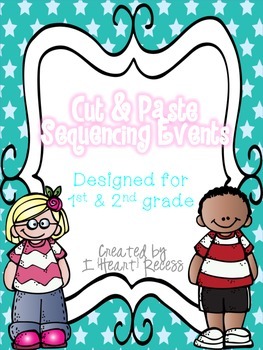Martha from
The Teaching Tribune suggested we share a tried and true idea, lesson, activity we have used in our classrooms. I am also taking advantage of "Throwback Thursday" and reposting a post I originally shared back in April. (According to blogger not many of you saw the post because you were most likely away on vacation somewhere. :) )
My tried and true concept is my use of cooperative learning teams and structures. I have always used these structures in my lessons. If you do not use cooperative pairs, teams, or structures in your classroom I highly suggest you spend some time this summer finding at least TWO structures you would like to try next school year. You may already use some and not know they are apart of
Kagan's Cooperative Learning Structures. For example Find-Someone-Who, I Have Who Has, Pairs-Check, etc.
In the post we were remediating Common Core Standard RI4.8 {Reasoning & Evidence}. I used cooperative teams to teach the skill throughout the week. This lesson was very effective for my students, they did awesome on it during our state testing!
Originally Posted in April
The week before Spring Break we did a little remediation on RI4.8. Our recent local benchmark assessment showed that our kids (the entire 4th grade) needed to review this skill. Looking at the questions we realized that our students always chose the answer choice that was a fact. We knew we needed to show them that an an author can also support their claim with an opinion.
Early in the week I had received our newest Weekly Reader {LOVE them!} and noticed that the teacher guide said RI4.8....JACKPOT! The cover story's topic was wether or not to ban plastic bags from grocery stores.
The first day we read the story and discussed the facts and opinions in the text. The second day students silently reread the story and recorded evidence from the text that supported banning the bags and evidence that supported not to ban the bags. The great thing about this article was that both sides were supported with both facts and opinions.
Students then shared and compared their T-charts with their partners. They added any evidence their partner had listed that they didn't to their list.
The third day students reread the text with their partner. I then numbered them off and put them into cooperative learning groups. I provided each group with a sticky note labeled "Ban Plastic Bags" or "Don't Ban Plastic Bags"
In their groups each student was provided a smaller sticky note in which they were to write evidence from the text which supported the claim on the larger sticky note. Students had to work together to make sure they all found a different piece of evidence to support the claim.
I instructed them to create a bubble map with their sticky notes as they were working. This was to create a visual on how all of the evidence they founded supported the claim provided.
Once we discussed the groups evidence and how they each supported the two different claims we also discussed which evidence was a fact or an opinion. Back at their seats I gave each student a large sticky note. They were to determine their own claim on wether or not plastic bags should or should not be banned. They had to support their claim with evidence, either from the text or their own evidence.
One thing I loved about using the sticky notes was that it quickly eliminated the "how long does it have to be?" question and they were excited to write on something different. I am a firm believer on changing it up a bit to keep them excited...when they are excited I am excited about the lesson too!
I have some very strong opinionated personalities in my room so whenever they get a chance to express their thoughts and feelings they become very passionate writers. Many students used evidence from the text to support their claim, which was great because it tied into reviewing our researching skills.
I had a few students support their claim with their own evidence. The student above had just finished a Girl Scout project using plastic bags to help the homeless. I LOVE that she made a personal connection to the text and then supported her claim using her own experiences.
Once completed my kiddos placed their sticky on our class T-chart. I was surprised at how many students were for not banning the bags, because I felt the article was geared towards banning the plastic bags. As I mentioned before, my kids have very strong personalities and opinions :)
I was so proud of how well they grasped this skill and how passionate they were about their claims that I decided to whip up a bulletin board. :) I guess we can add that to support the claim as to why not to ban plastic bags!



























































